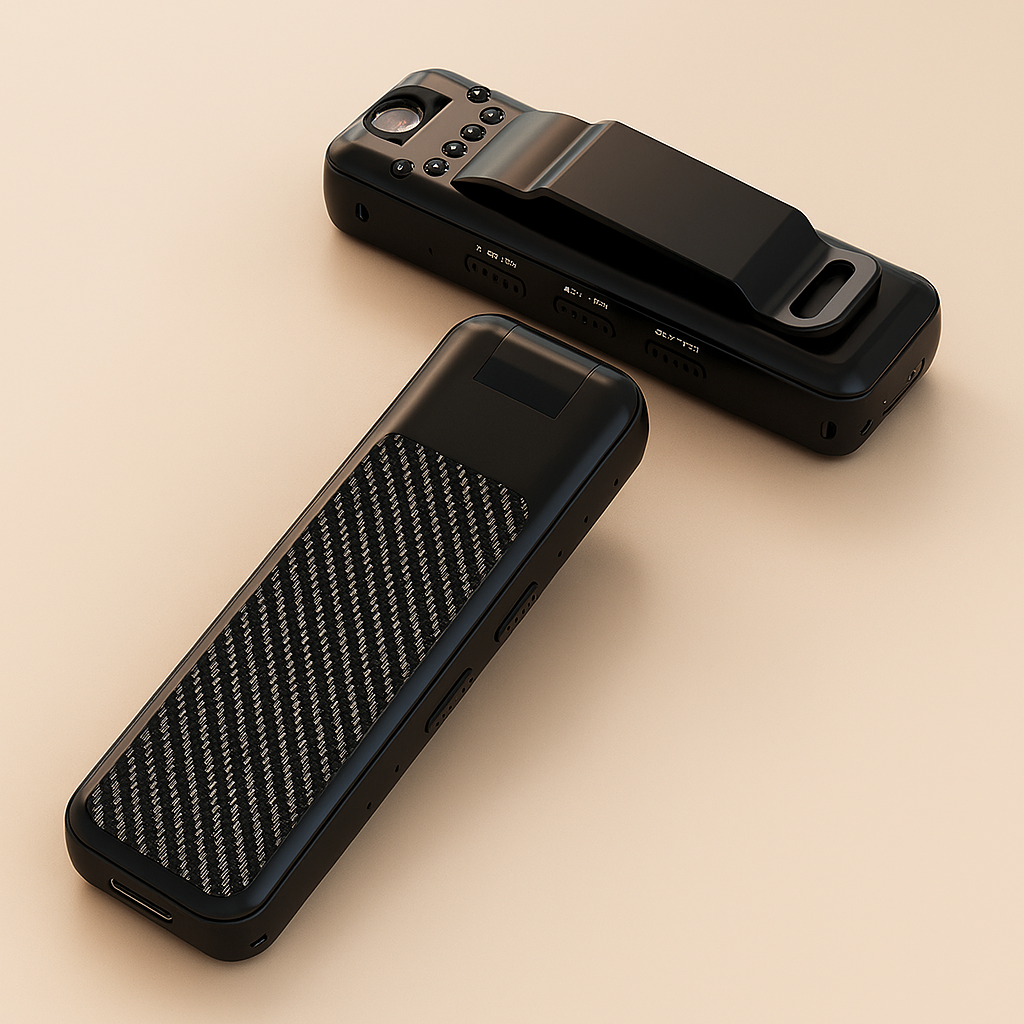Hey AMEPGADGET readers — it’s August 30, 2025. If you want smarter home routines without a big rollout, start with smart plugs. They’re cheap, simple to install, and suddenly your old lamp, fan or space heater can join the automated life. Below we walk through the must-have features, quick setup tips, and our top picks so you can pick the right plugs this weekend.
Why a smart plug still makes sense
A smart plug turns any appliance into a connected device: schedule it to turn off when you leave, meter energy to spot power hogs, or include it in sunset routines. For renters or anyone avoiding rewires, it’s one of the highest-impact upgrades per dollar.
Key features to prioritize in 2025
- Energy monitoring: Built-in measurement of watts and kWh helps you spot costly devices and track savings.
- Reliable connectivity: Wi‑Fi is common, but Zigbee/Z‑Wave plugs (via a hub) are more stable on crowded networks.
- Voice & app control: Alexa, Google, and Apple HomeKit support makes integration painless.
- Scheduling & automation: Sunrise/sunset, timers, and presence-based rules (geofencing).
- Safety & load rating: Check amp rating for heaters and heavy appliances; look for certifications (UL, CE).
- Local control: Options that run automations locally reduce cloud dependency and improve response times.
Top picks for different needs
| Model | Best For | Standout Feature |
|---|---|---|
| Brand A Energy+ Plug | Energy tracking fans & lamps | Accurate kWh reporting and monthly reports |
| Brand B Zigbee Mini Plug | Homes with Zigbee hubs | Reliable on congested Wi‑Fi; small footprint |
| Brand C PowerGuard | High-load devices (space heaters) | Higher amp rating and thermal cutoff |
| Brand D HomeKit Smart Plug | Apple Home users | Seamless HomeKit scenes and shortcuts |
How to install in under 10 minutes
- Plug it into a wall outlet and reset the plug if necessary.
- Download the maker’s app and create an account (use a unique password).
- Follow the app pairing steps—most use a QR code or Wi‑Fi setup flow.
- Name the device clearly (e.g., “Kitchen Lamp — Left”) so automations are obvious.
- Create a schedule or add it to a scene (sunset lights, away mode, etc.).
Security & network tips
Smart plugs are tiny gateways into your home network—here’s how to reduce risk:
- Put devices on a separate IoT SSID or VLAN to limit access to other gear.
- Change default passwords and enable two-factor authentication if offered.
- Prefer vendors with a clear firmware update policy and regular patches.
- When possible, choose plugs that support local automations so critical routines run even if the cloud is down.
Pairing ideas to get the most value
Pair smart plugs with a stable mesh Wi‑Fi and a central hub if you have many devices. Use them for:
- Automated coffee makers (warm up before you get out of bed).
- Holiday lights and ambient lamps—schedule or randomize to deter theft.
- Space heaters and fans—add temperature rules tied to a smart thermostat like our guide at Ecobee Smart Thermostat.
- Water pump or sump setup tied to leak sensors—automatically cut power if a leak is detected.
Troubleshooting quick hits
- Plug won’t pair: Make sure phone is on 2.4GHz Wi‑Fi or add it via hub—many plugs don’t support 5GHz.
- Intermittent control: Move your router closer or switch to a Zigbee option if Wi‑Fi is congested.
- Incorrect energy readings: Reboot the plug, then run a calibration or compare against a trusted power meter.
Final thoughts
Smart plugs are a low-cost entry to a smarter, more efficient home. Start by replacing a few of your biggest time-wasters or energy hogs, set clear names and schedules, and gradually roll out automation. For more device picks and bundles, visit our curated selection at AMEPGADGET Shop — Smart Plugs or browse general upgrades in Smart Home Innovations.
Got a favorite plug or a setup that saved on your bills? Share it in the comments — we’ll feature reader setups next week.

0 comments